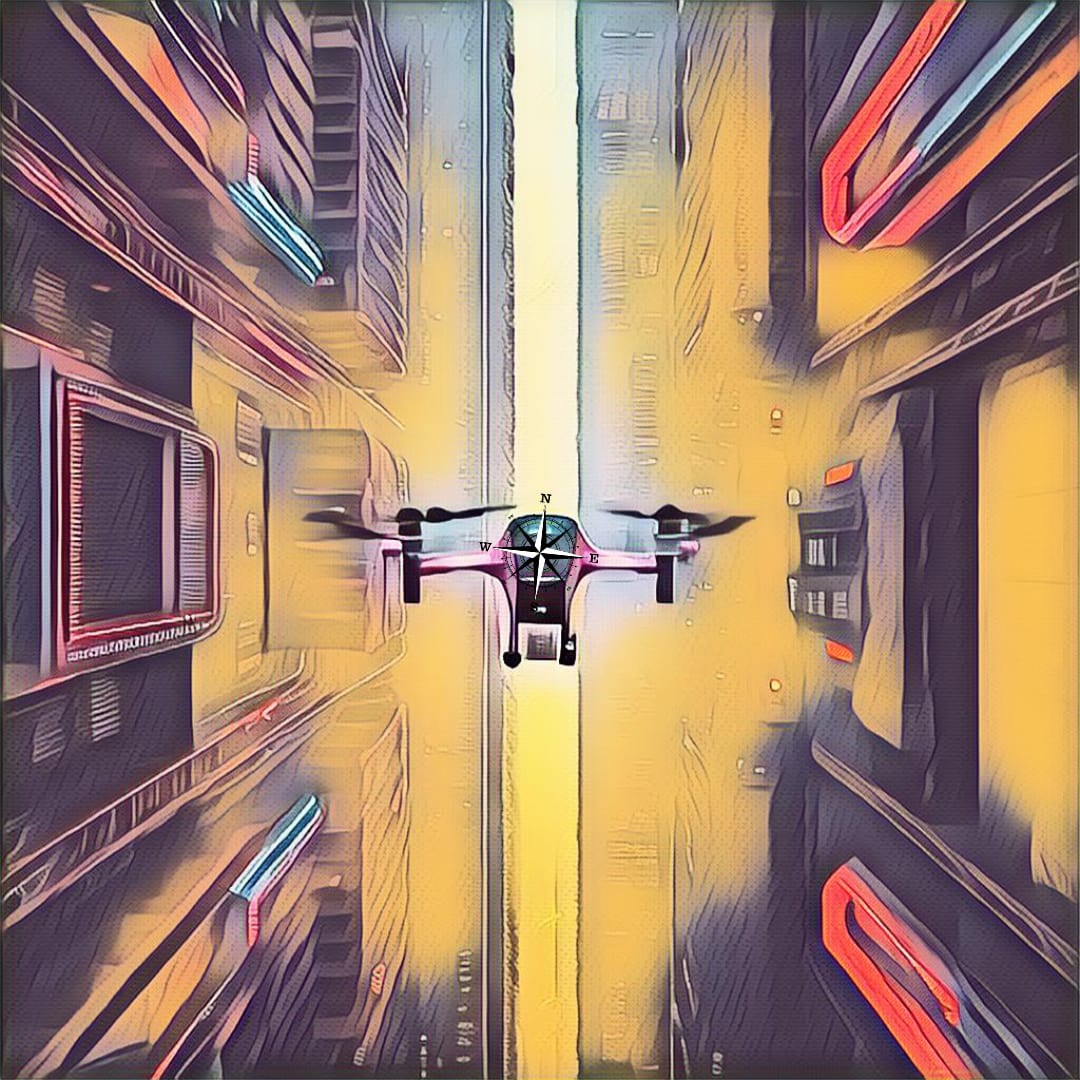




The project explores the possibility to combine/augment Galileo (GNSS) with LEO observations from Iridium NEXT.
Gali-LEO Combination/Augmentation of Galileo and LEO Satellites (Iridium NEXT)
The project explores the possibility to combine/augment Galileo (GNSS) with LEO observations from Iridium NEXT. Advantages may be expected in improved indoor positioning (because of 30dB higher LEO signal power) and in a non-GNSS positioning as backup for use in critical infrastructure of a country. Because of the unknown proprietary PNT signal structure of Iridium NEXT by the US company Satelles Inc., this exploratory study is necessary in order to clarify proper and independent access to the LEO observations, its technical processing including combined receiver development as well as available markets for a commercial exploitation before starting any development for a combined receiver prototype.
The objectives defined in the funding agreement have been achieved.
Exploring LEO -PNT
The exploratory study could have also ended with the conclusion that it does not make sense to develop a Galileo/GNSS Iridium Next Receiver. Of course, there was the expectation that a full PNT combined receiver would be realistic to be developed, based on a reasonable and cost-acceptable agreement concerning the proprietary signal structure and the services of the company Satelles, Inc., USA. However, it turned out, that this was not possible: licence costs were by far too high, an insight into the signal structure was reverted, instead a black-box would be delivered for a combined receiver, and a continuous dependency for the user of such a combined receiver on the necessary services of Satelles, Inc. would be also the required.
Luckily, IGASPIN found a way to circumvent the use of the proprietary signal structure and services of Satelles, Inc.
Due to the limited accuracy of an Iridium Next derived position of the order of 50m, it was found that a Galileo (GNSS) Augmented Iridium Next time receiver has a market when considering Iridium Next as a non-GNSS back-up for time applications in the 200ns range, for example, in a critical infrastructure of a country and indoors due to the high-power of Iridium Next signals. The time receiver could be based on the S/W receiver SX-3 which is in the hands of IGASPIN.
Software-receiver IRIDIUM NEXT (LEO-satellites)
Insofar, various technical and market analyses investigations carried out in this exploratory study showed the way to build such a combined receiver and to get the necessary orbit information via internet.
The project was funded within the ASAP program by the österreichische Forschungsförderungsgesellschaft mbH (FFG), Vienna
Do you need specific information?
Get all the answers you need. Send us your message now!








